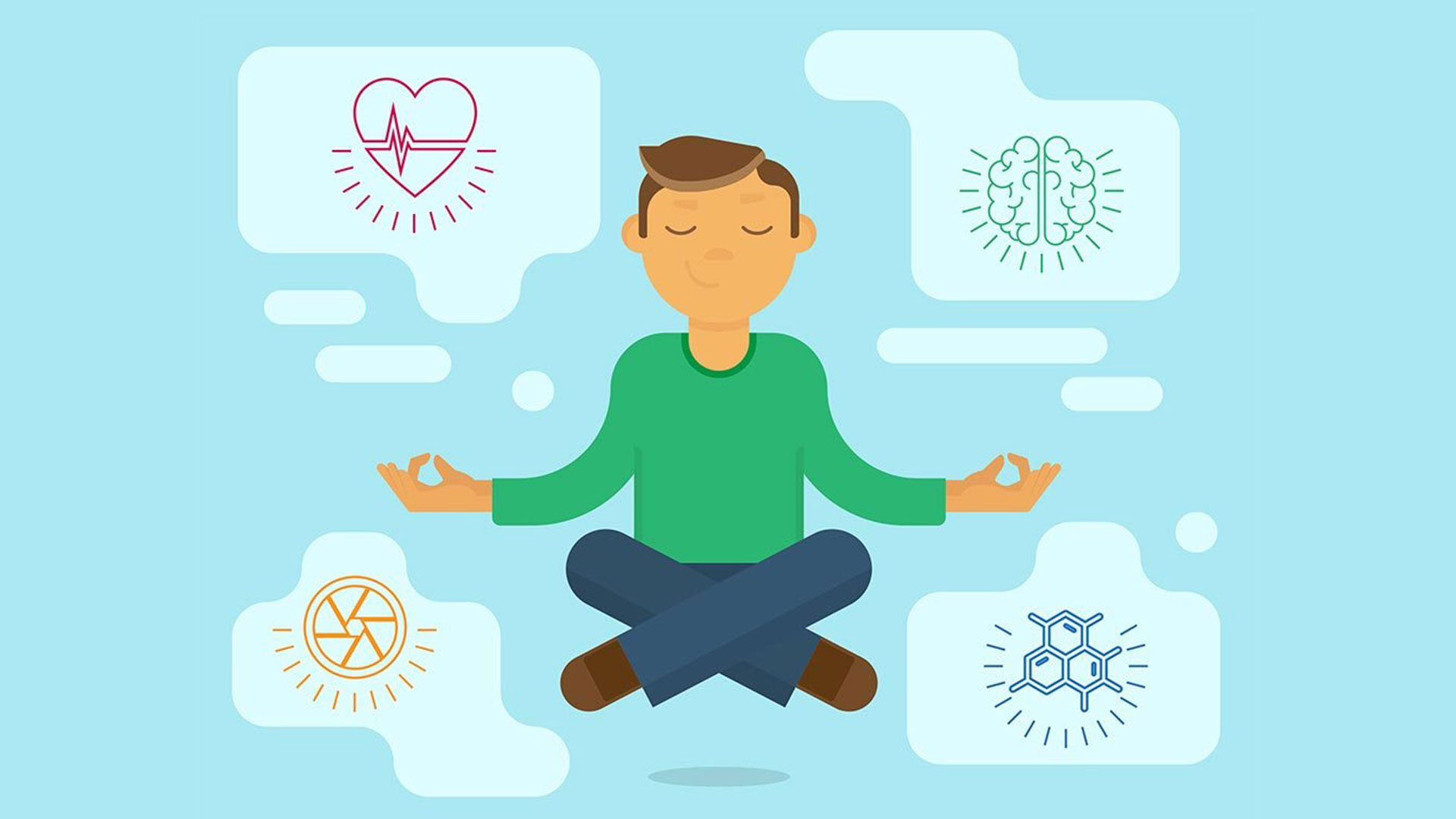When a practice or habit begins making headlines, we often write it off as a passing fad. It can be difficult to believe the hype, especially considering how quickly “the next big thing” will come and go. However, while meditation may seem like a new trend — particularly its role in the workplace — this practice has actually been proving itself for thousands of years. And the reason is simple: It works.
Even though meditation has existed for many millennia, this ancient practice has only gained mainstream popularity in western culture over the last few decades. And it’s only been in the last several years that regularly meditating has become commonplace. Much of the credit for this shift is due to pioneering executives, like the late Steve Jobs, who spoke openly about the important role meditation played in his success. Others, like LinkedIn’s Jeff Weiner and Whole Foods’ Steve Mackey have followed suit by making meditation part of their workday routine — and singing its praises.
In fact, some of the biggest corporations in the world are employing meditation as a company-wide practice. Google created the Search Inside Yourself Leadership Institute and famously built an on-site labyrinth for walking meditation. Aetna CEO Mark Bertolini credits virtual mindfulness courses, yoga and an all-inclusive wellness center for a reported 28 percent decrease in employee stress levels and a 20 percent improvement in sleep quality. These changes have saved the company an estimated $2,000 per employee in health care costs and caused a reported $3,000 increase per employee in productivity.
It’s clear these companies are on to something. But what is it about meditation that makes it so impactful in the workplace? And how can you make it work for you? Let’s investigate.
The Health Benefits of Meditation
The benefits of a daily mediation aren’t merely anecdotal — they’re scientific. Though studies have been suggesting meditation may have an effect on the brain since the 1970s, one of the first studies to clearly document changes in the brain’s gray matter was led by Harvard University researchers at Massachusetts General Hospital. Participants completed an eight-week program through the University of Massachusetts Medical School’s Center for Mindfulness and had MRIs of their brains taken two weeks before beginning and two weeks after completing the program. This study, published in 2011, indicated an increase of gray-matter density in the hippocampus and in the parts of the brain associated with self-awareness, compassion and introspection.
Further, the study was able to correlate participant reports of lowered stress with decreased gray-matter density in the amygdala, the area of the brain most closely tied with anxiety and stress reactions. The health advantages of a daily meditation practice don’t stop there. Studies have also proven that meditation can positively affect immune function, lower blood pressure and reduce the risks of cardiovascular disease, combat depression, and significantly reduce stress and anxiety.
While any one of these benefits would be reason enough to meditate, there’s another big reason top executives and corporate leaders are prioritizing meditation: to boost creativity and spur innovation.
The Impact of Meditation on Creativity
As any creative person will tell you, sometimes the muses are on your side … and sometimes they’re not. However, the problem with the myth of a creative muse is that it relieves us of our creative agency. It suggests that effective creation is only possible when every circumstance and variable aligns.
But instead of waiting for a muse to show up, what if boosting creativity was as simple as having a clear mind?
Research has shown that consistent meditation can help increase focus, reduce cognitive rigidity and stimulate creative thinking — particularly when sessions are conducted right before beginning creative work. These effects, combined with the mental health benefits of reduced anxiety and depression, can make the notoriously “busy” creative mind primed for innovation and creation.
Since one of the key tenets of a meditation practice is to observe your thoughts without judgment, meditating before embarking on creative pursuit can also pave the way for more self-confidence and openness, especially in the early stages of idea generation and production. By training the brain to be clear, calm, relaxed and focused, the pressure to create can feel more manageable.
Tips for Starting a Meditation Practice
While all you need to start meditating is a quiet place to sit, there are several tools that can be helpful when beginning a practice, particularly if the idea of meditating seems foreign or uncomfortable. Here are a few tips to help you get started:
Aim for the same time every day
Whether you choose first thing in the morning, in the evenings before you go to bed or as a lunchtime break, make your practice a consistent part of your routine by meditating around the same time every day.
Choose a dedicated spot
Though being flexible in your practice will allow you to take it anywhere with you, it’s also helpful to have a specific spot in your home or office where you can go to be calm and quiet.
Use guidance
For beginners, using guided meditation can help you train your brain and build your habit. There are several free guided meditations on YouTube, as well as guided meditation apps you can download.
–––
Above all, the most important tool you can bring to a new meditation practice is an open mind. At the very least, taking time to meditate each day will give you 10 minutes of peace and quiet. But then there’s also a possibility that meditating will improve your health, provide more mental clarity, increase your productivity at work and lower your stress. So even though meditation may not be for everyone, the long list of benefits proves it’s at least worth considering — especially if you’ve been suffering from a creative slump.



